4
Antimatter might sound like something out of science fiction, but at the CERN Antiproton Decelerator (AD), scientists produce and trap antiprotons every day. The BASE experiment can even contain them for more than a year—an impressive feat considering that antimatter and matter annihilate upon contact. The CERN AD hall is the only place in the world where scientists are able to store and study antiprotons. But this is something that scientist working on the BASE experiment hope to change one day with their subproject BASE-STEP: an apparatus designed to store and transport antimatter. Yesterday, the team of scientists and engineers took an important step towards this goal by transporting a cloud of 70 protons in a truck across CERN’s main site. “If you can do it with protons, it will also work with antiprotons,” said Christian Smorra, the leader of BASE-STEP. “The only difference is that you need a much better vacuum chamber for the antiprotons.” This is the first time that loose particles have been transported in a reusable trap that scientists can then open in a new location and then transfer the contents into another experiment. The end goal is to create an antiproton-delivery service from CERN to experiments located at other laboratories. Antimatter is a naturally occurring class of particles that is almost identical to ordinary matter except that the charges and magnetic properties are reversed. This has baffled scientists for decades because according to the laws of physics, the Big Bang should have produced equal amounts of matter and antimatter. These equal-but-opposite particles would have quickly annihilated with each other; leaving a simmering but empty Universe. Physicists suspect that there are hidden differences that can explain why matter survived and antimatter all but disappeared. The BASE experiment aims to answer this question by precisely measuring the properties of antiprotons, such as their intrinsic magnetic moment, and then comparing these measurements with those taken with protons. However, the precision the experiment can achieve is limited by its location. “The accelerator equipment in the AD hall generates magnetic field fluctuations that limit how far we can push our precision measurements,” said BASE spokesperson Stefan Ulmer. “If we want to get an even deeper understanding of the fundamental properties of antiprotons, we need to move out.” The transportable trap being carefully loaded in the truck before going for a road trip across CERN's main site. (Image: CERN) This is where BASE-STEP comes in. The goal is to trap antiprotons and then transfer them to a facility where scientists can study them with a greater precision. To be able to do this, they need a device that is small enough to be loaded onto a truck and can resist to the bumps and vibrations that are inevitable during ground transport. The current apparatus — which includes a superconducting magnet, cryogenic cooling, power reserves, and a vacuum chamber that traps the particles using magnetic and electric fields — weighs 1000 kilograms and needs two cranes to be lifted out of the experimental hall and onto the truck. Even though it weighs a tonne, BASE-STEP is much more compact than any existing system used to study antimatter. For example, it has a footprint that is five times smaller than the original BASE experiment as it has to be narrow enough to fit through ordinary laboratory doors. During the rehearsal, the scientists used trapped protons as a stand-in for antiprotons. Protons are a key ingredient of every atom, the simplest of which is hydrogen (one proton and one electron.) But storing protons as loose particles and then moving them onto a truck is a challenge because any tiny disturbance will draw the unbonded protons back into an atomic nucleus. “When it’s transported by road, our trap system is exposed to acceleration and vibrations, and laboratory experiments are usually not designed for this”, Smorra said. “We needed to build a trap system that is robust enough to withstand these forces, and we have now put this to a real test for the first time.” However, Smorra noted that the biggest potential hurdle isn’t currently the bumpiness of the road but traffic jams.“If the transport takes too long, we will run out of helium at some point,” he said. Liquid helium keeps the trap’s superconducting magnet at a temperature below 8.2 Kelvin: its maximum operating temperature. If the drive takes too long, the magnetic field will be lost and the trapped particles will be released and vanish as soon as they touch ordinary matter. “Eventually we want to be able to transport antimatter to our dedicated precision laboratories at the Heinrich Heine University in Düsseldorf, which will allow us to study antimatter with at least 100-fold improved precision,” Smorra said. “In the longer term, we want to transport it to any laboratory in Europe. This means that we need to have a power generator on the truck. We are currently investigating this possibility.” After this successful test, which included ample monitoring and data taking, the team plans to refine its procedure with the goal of transporting antimatter next year. “This is a totally new technology that will open the door for new possibilities of study, not only with antiprotons but also with other exotic particles, such as ultra-highly-charged ions,” Ulmer said. Another experiment, PUMA, is preparing a transportable trap. Next year, it plans to transport antiprotons next year 600 metres from the AD hall to CERN’s ISOLDE facility in order to use it to study the properties and structure of exotic atomic nuclei. The BASE-STEP team celebrating the successful transport at the end of the operation. The green signal on the computer screen shows that the 70 loose protons are still "alive", maintained by the magnetic field in the trap. (Image: CERN)
You must log in or # to comment.


